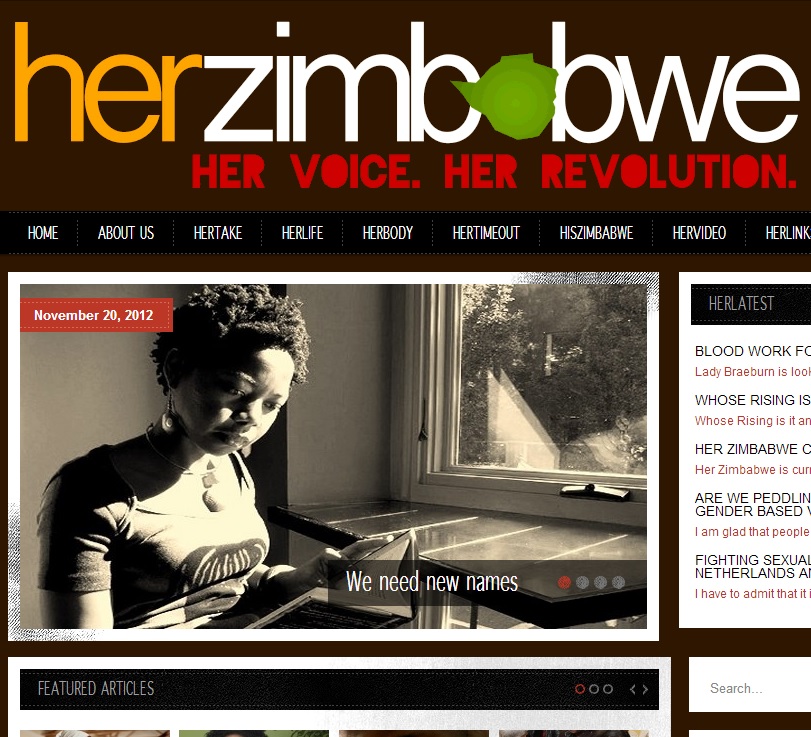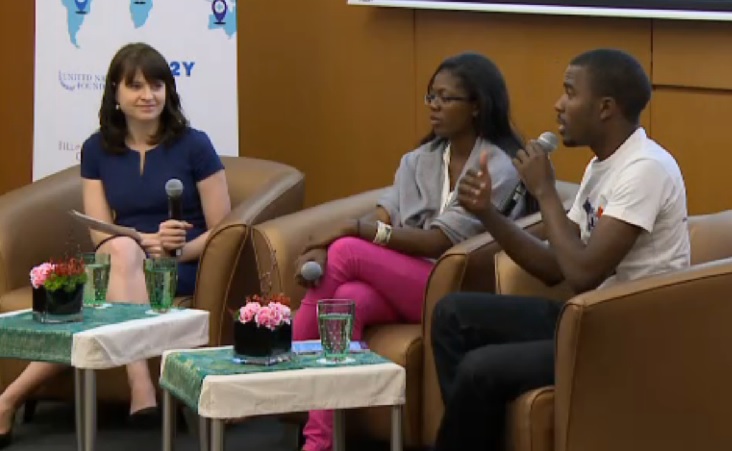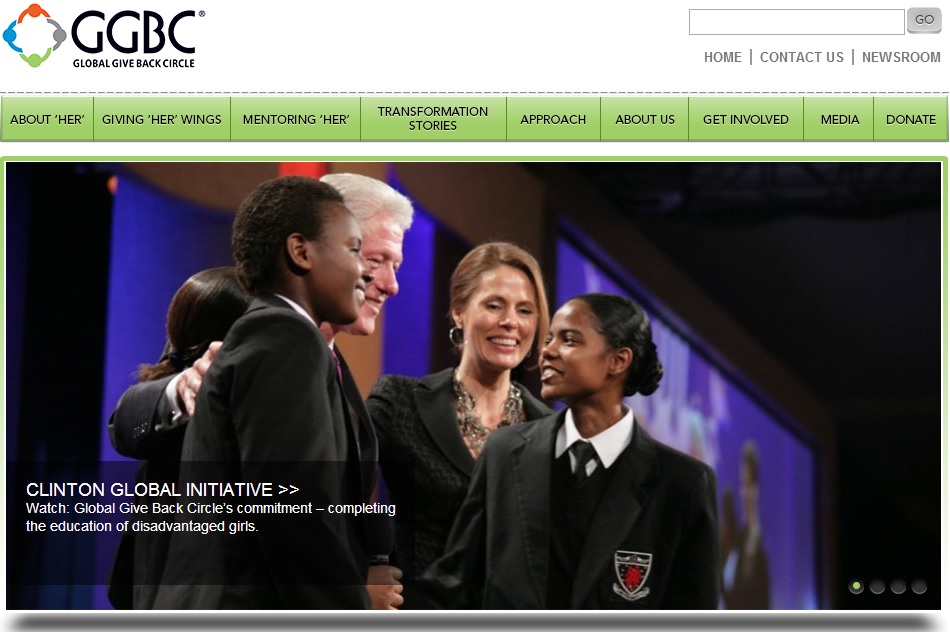Women’s issues and how technology can save lives: Page 2 of 3
By A. Asohan May 29, 2013
 The young take charge
The young take charge
A perfect example was Fungai Machirori, founder and managing editor of Her Zimbabwe, which describes itself as “a platform for women to share their views, discuss issues and carry out open debate about the things that affect them.”
The former journalist had been writing for newspapers in Zimbabwe since 2006, but the practice of censorship was beginning to stifle her. “I once wrote an article on male circumcision, and mentioned there was a penis involved, and it was changed to ‘male member.’
“That was a deal-breaker for me – if we can’t call things as they are, then what are we really doing?” she said.
So she decided to start blogging instead in 2009, and as more people followed her blog, she became more confident … and more controversial, which attracted an even larger readership as more people cottoned on to the fact that they weren’t the only ones feeling this way. More people started blogging too, on issues close to them. People were beginning to find their voice.
“At the end of 2011, I thought that we could continue in our own silos, or we could come together in a coordinated way and have a repository of different stories, and that’s where the idea of Her Zimbabwe came about,” said Machirori.
A large proportion of the panelists and moderators at Women Deliver indeed young people like her, and empowering youth and giving them a voice featured in many discussions.
 Mashable chief marketing officer Stacy Martinet (pic, left) moderated a panel discussion which featured a young woman suffering from HIV and another whose parents are both suffering from it too. She asked her two panelists a key question: “As youth is most important when you talk about the future, how do you get them engaged when you talk about something as scary as HIV?”
Mashable chief marketing officer Stacy Martinet (pic, left) moderated a panel discussion which featured a young woman suffering from HIV and another whose parents are both suffering from it too. She asked her two panelists a key question: “As youth is most important when you talk about the future, how do you get them engaged when you talk about something as scary as HIV?”
“By making them responsible for the issue as well,” said Humphrey Nabimanya (pic, right), team leader and founder of Reach a Hand Uganda, and a host of a live TV talk show called the Youth Voice Programme which allows people to call in to give their opinions and ask questions.
“You have to talk in a language youth can understand – about prosperity, hope and about the future. You do this by providing them with tools that empower them,” he said.
Nabimanya said that back in 2007, Facebook wasn’t very popular in Uganda, so his TV show used blogs when it first started, later getting on to the social network.
“In my TV programme, we bring up issues and we find much more participation when we combine the two media – the TV channel and new media like Facebook,” he said.
“We post an issue that the show will cover first on Facebook, and we will get 1,000 comments usually. Social media allows young people to feel free to express themselves without being judged, without being contradicted,” he added.
His fellow panelist Helena Nangombe (pice above, centre), from Advocates for Youth, agreed, saying that you get young people involved by using the tools and platforms they use, like social media.
“This way, you can get them excited because then they can see the way forward, they can see hope when people are not distanced by stigma and discrimination,” she added.
Corporate buy-in

Nabimanya also said that another way to reach youth is to engage with the brands and companies that are popular with young people.
“In Uganda, we also involve the big corporations that are popular with young people, whether it is Coca Cola or Pepsi,” he said, adding that the message is this: Your market is young people, help us reach out to them.
It was such a private-public partnership that a speaker at another panel discussion credited with saving her future. Mary Ndandi said she was a beneficiary of the Global Give Back Circle, a non-governmental organisation (NGO) in Kenya that helps young girls, usually from disadvantaged backgrounds, make the transition from high school to university.
“There is a gap period between high school and university, from the time you finish high school and before the government places you in a university,” she said. “In Kenya, this gap can be as long as one and three-quarters of a year, and many young girls fall into other things, like an early marriage, during this time.”
“The Global Give Back Circle makes sure they don’t fall into the cracks,” she added.
The NGO has partnered with US technology giant Microsoft Corp to make sure these girls stay in school and do not go back home during this gap period.
Ndandi admitted that she almost fell into the cracks. “I was concerned and wanted to help my mum take care of my six siblings, but instead I entered the Microsoft Labs and took a nine-month course in ICT (Information and Communications Technology).
“Now, I can take on do basic jobs to help my mum,” she said, adding that Global Give Back Circle has a sustained programme to ensure that its beneficiaries can in turn become benefactors through mentoring and enablement.
Next page: How technology, old and new, is saving lives


